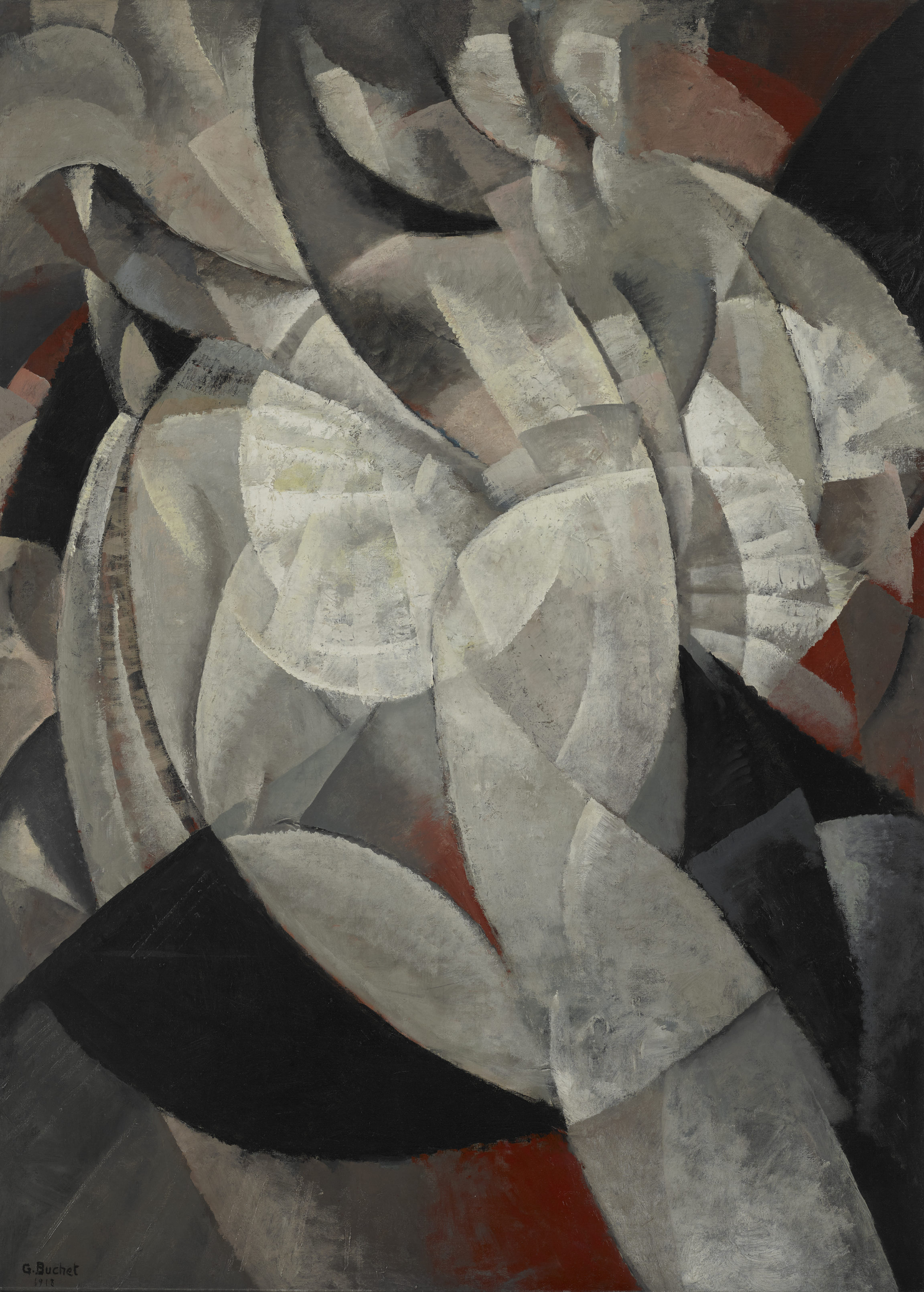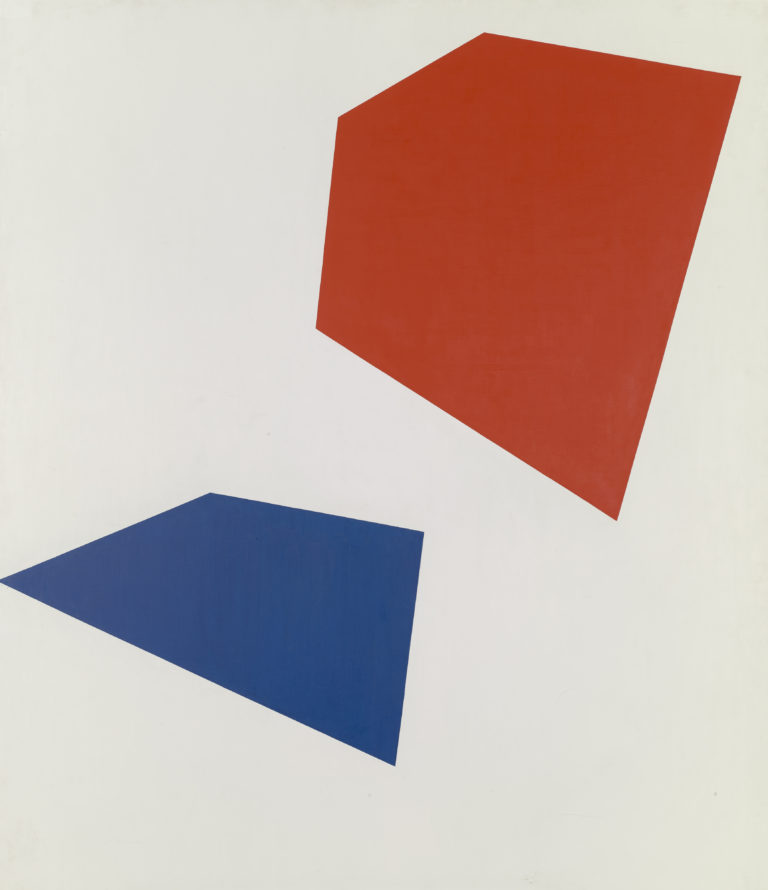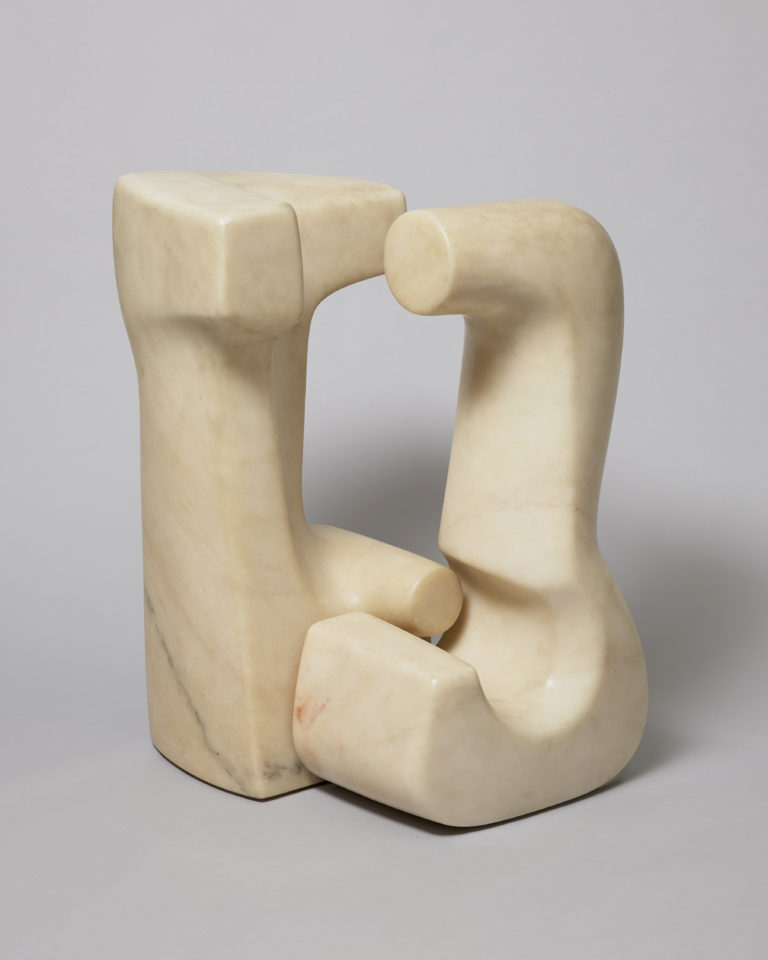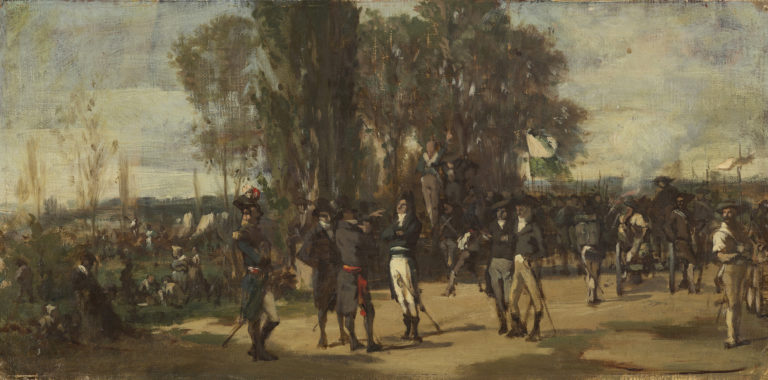On display
The CollectionBibliography
Erika Billeter (ed.), Chefs-d’œuvre du Musée Cantonal des Beaux-Arts de Lausanne: regard sur 150 tableaux, Lausanne, Musée cantonal des Beaux-Arts, 1989: 260-261.
Paul-André Jaccard (ed.), Gustave Buchet, exh. cat. Lausanne, Musée cantonal des Beaux-Arts, Aarau, Aargauer Kunsthaus, Paris, Fondation Le Corbusier, 1978: n.15.
Gérard Buchet, Gustave Buchet, Lausanne, Paris, La Bibliothèque des arts, 1964




Trained at the École des beaux-arts in Geneva, Gustave Buchet first stayed in Paris in winter 1910. In 1915 he was in Geneva as cofounder of the Le Falot group, which defined itself in opposition to Ferdinand Hodler. During a second stay in Paris, in 1916-7, he was particularly interested in futurism, which chimed with his own concern for movement. Having returned to Switzerland, in 1918 he began to adopt the principle of ‘continuity of space’ whereby the figure and their surroundings interact and overlap.
In the 1910s, dance was at the heart of many aesthetic experiments focusing on the exploration of new ways of perceiving. Buchet based this canvas on the eminently dramatic element of the spiral. Influenced by the orphism of Robert and Sonia Delaunay, with its interest in rhythm, contrast and capturing the sensation of movement, Buchet structured his composition with coloured blocks delimited by curves and counter-curves. This assemblage of semi-circular forms animates the canvas, eddying in a dazzling white colour that perfectly renders the dancer’s energetic movement through space. This space itself seems contaminated and subjected to the waves created by the movements of the body and thus breaks up into so many geometrical forms.
Exhibited alongside other futurist works in Geneva in 1918, Danseuse en mouvement met with an enthusiastic response from Alexander Archipenko but failed to convince either the public or the critics. In spring 1920 – he had just moved back to Paris for what would be a stay of twenty years – Buchet gave up futurism in favour of a flat, geometrical style of painting. The artist continued with his research in the slipstream of the avant-garde, but this time following the conservative mood of the retour à l’ordre, whereby rules and rigour became the watchwords, as exemplified by the purism of Le Corbusier and Amédée Ozenfant.